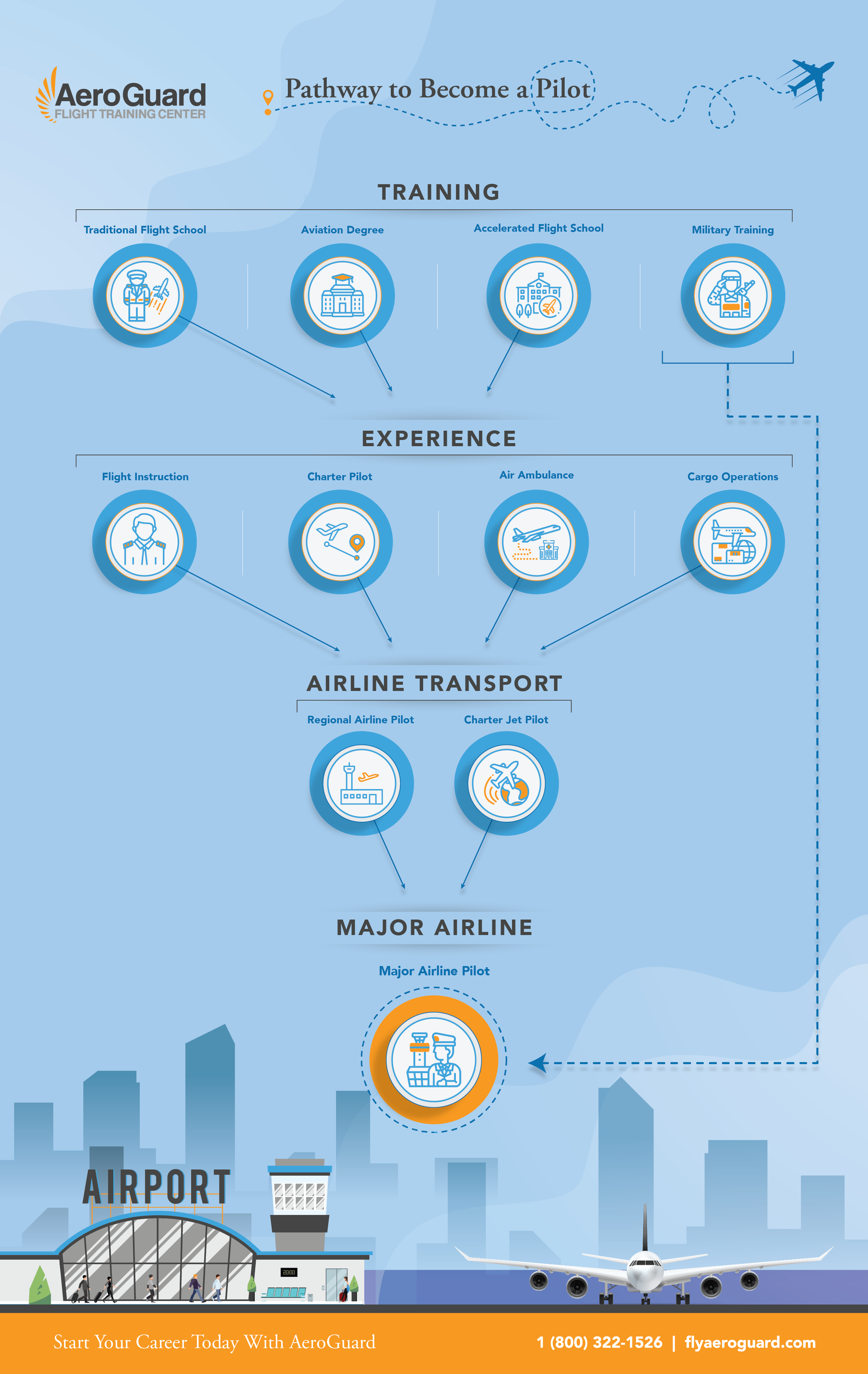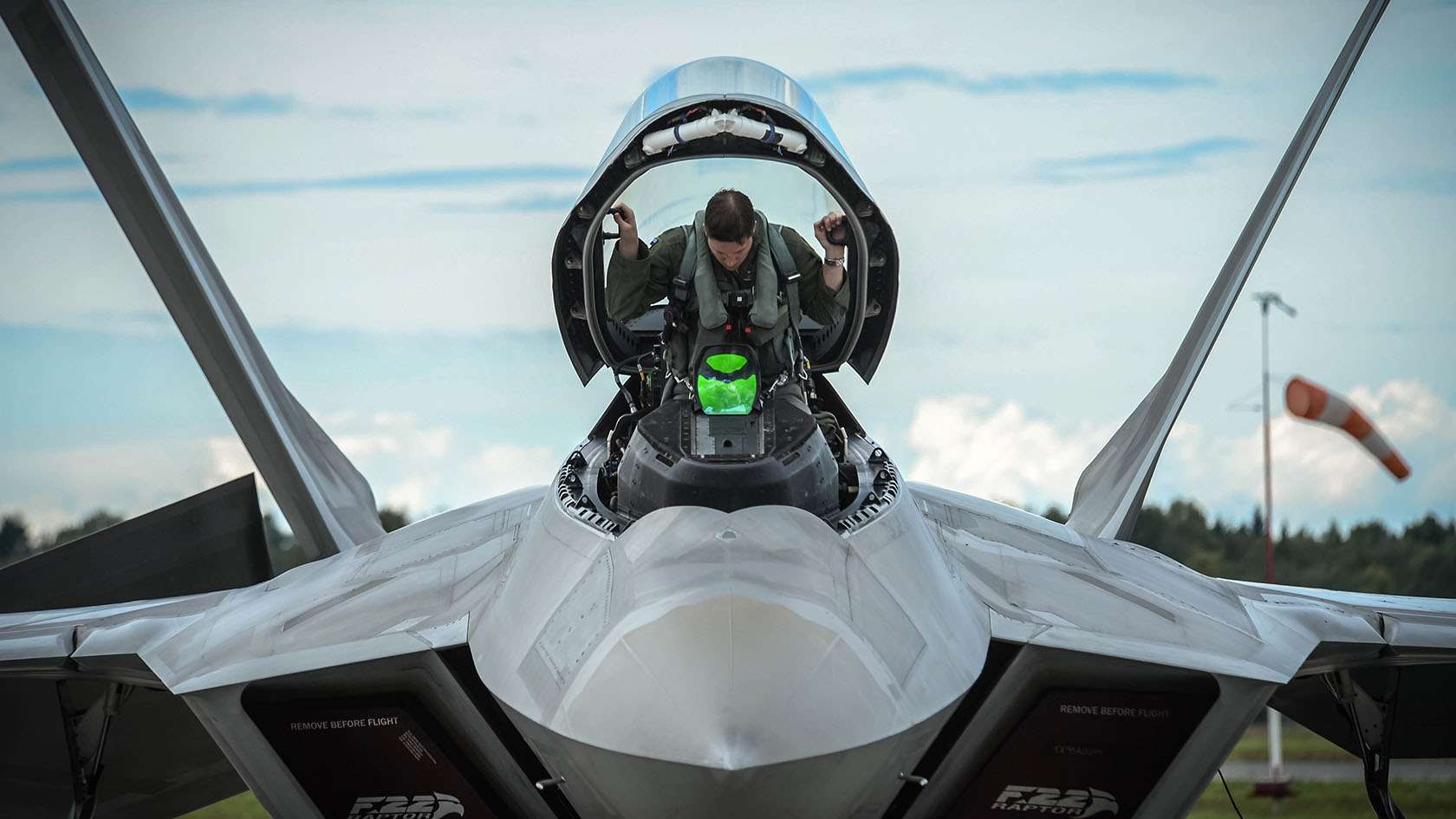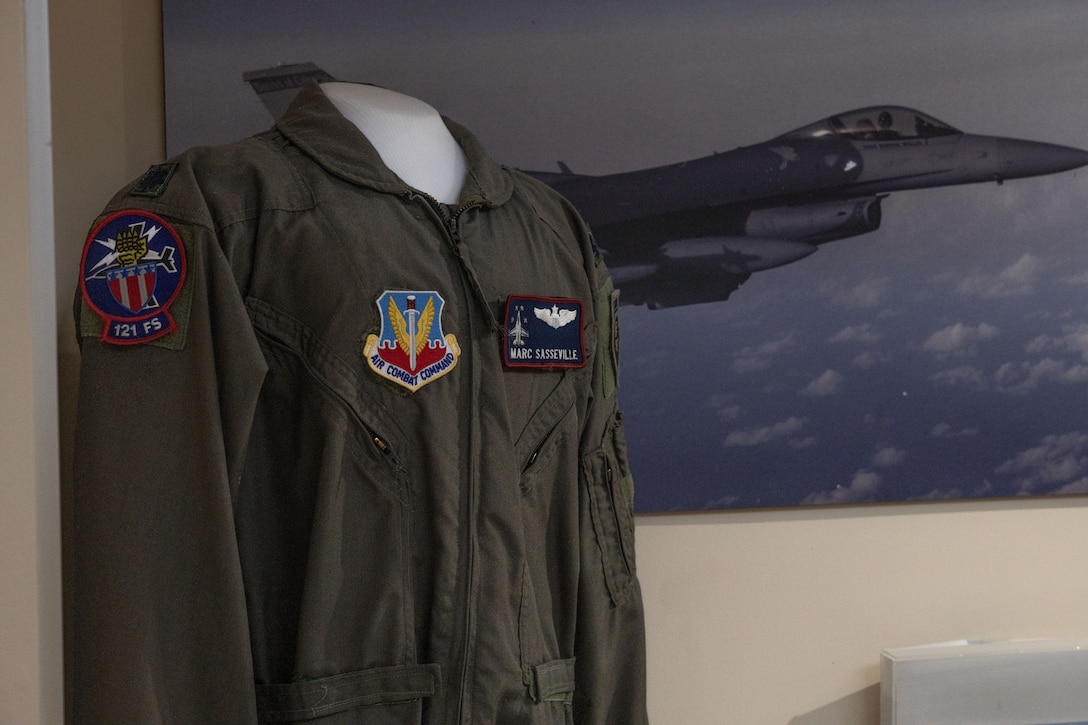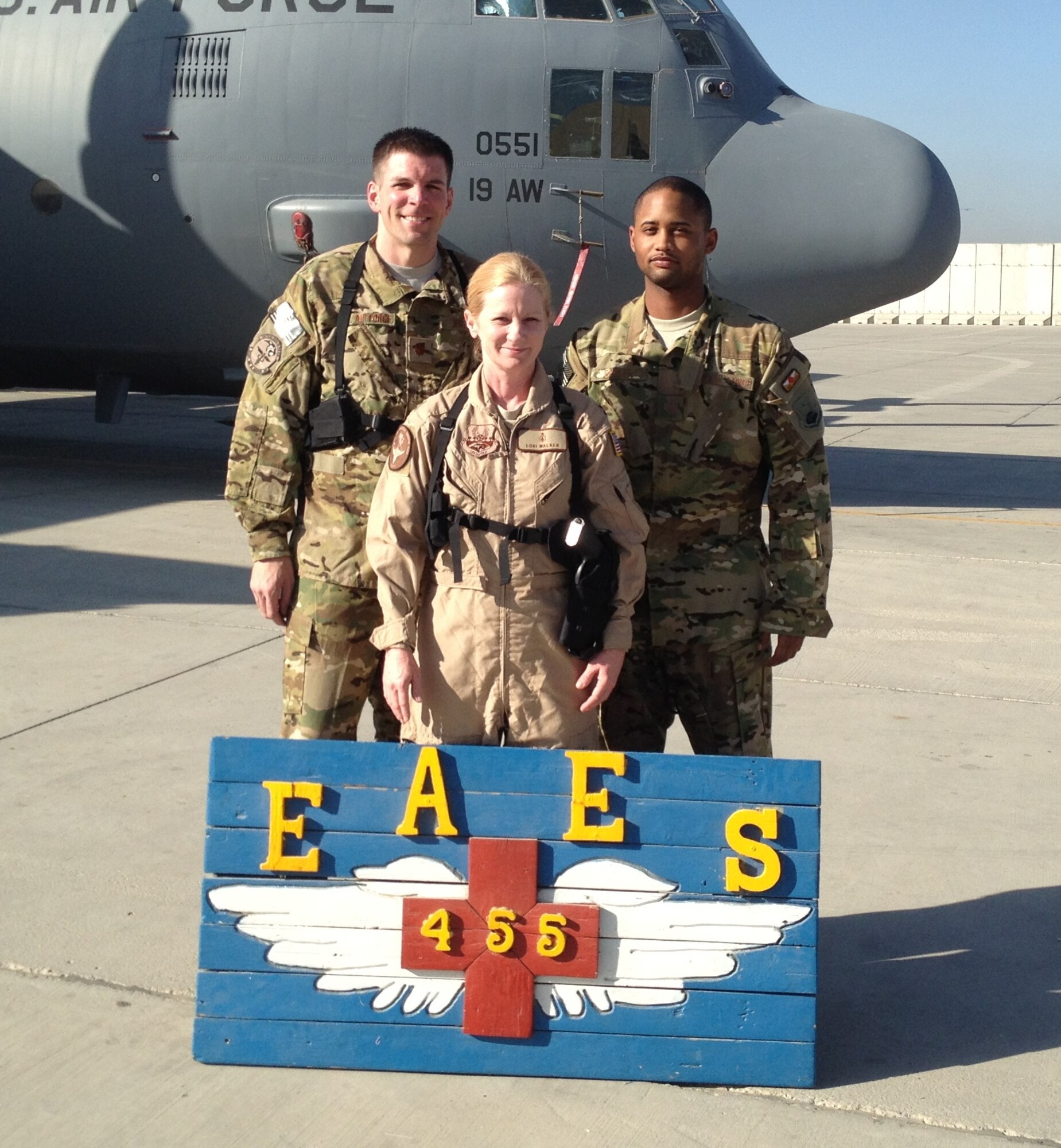Military Flight School - The Air National Guard's Advanced Aviation Training Facility in Eagle County teaches helicopter crews from all U.S. branches how to handle aircraft in the thin air of the mountainous region. A HAATS Black Hawk helicopter approaches Pyramid Peak, left, and Maroon Bells near Aspen on August 13, 2019.
A nondescript brick building on the north side of the Eagle County Airport is home to a military academy: the Army National Guard High Altitude Aviation Training Center — known to many helicopter pilots as HAATS.
Military Flight School
Description of Lt. Col. Charles "Britt" Reed, Commander of HAATS. Teachers and their colleagues "make the extraordinary ordinary".
Where Huey Pilots Trained And Heroes Were Made
Interestingly, helicopters fly at high altitudes or in low air pressure environments. They call it the 3 H - High, Hot and Heavy. But the technical term used by teachers is consumption management.
As the helicopter flies higher, the air is thinner and the engine heats up less. Therefore, the helicopter has very little power available for maneuvering. Learning how to calibrate performance is more art than science, says Senior Warden Ethan Jacobs.
A Virginia National Guard team conducted a HAATS exercise in the White River Forest between Gypsum and Aspen.
"It's like watching you walk around town." One person may go one way, another may go another way for different reasons," he said. "And our role is to guide people to make those decisions, not to give the answer that's theirs."
Olga Custodio, America's First Latina Fighter Pilot To Speak At Gonzaga On Tuesday
Lt. Cmdr. Sam Hill, a Coast Guard pilot based in Port Angeles, Washington, is one of about 375 pilots expected to pass HAATS this year. Students from across the country gather in Gypsum, Colorado, as do foreign military allies from Tunisia, Denmark, Norway and Saudi Arabia.
Hill noted that airplanes operate normally at sea level, "but when you go up, it's more difficult. So you're trying to predict different factors that can happen, whether it's wind, temperature or a lower pressure altitude," he said. And if they are not in front of him. “It could bite you… You could be in a very dangerous situation.
HAATS started in 1985 as an assist pilot. Vietnam era pilots saw the need to train younger pilots in a high, hot and difficult environment. The school became official in 1995. Since then, weekly courses are held 30-45 times a year.
Each morning and afternoon, pilots and instructors fly, approach difficult landing areas and do one or two flybys to determine the best approach for pilots and aircraft.
Highly Modified Air Force Test Pilot School F 16 Is Now An X Plane
Hart Van Denburg/ NewsOn a training flight, Staff Sgt. Heather Hunt of the Virginia National Guard at the White River Forest Landing Area between Gypsum and Aspen on August 13, 2019.
Hart Van Denburg/ NewsHAATS Commander Lt. Col. Britt Reed strapped into a Black Hawk helicopter for Aspen on August 13, 2019.
Hart Van Denburg/News The Army Air National Guard's Advanced Flight Training Center at Eagle County Schools teaches helicopter crews from all U.S. branches how to operate aircraft in the thin air of mountainous areas. August 13, 2019.
Hart Van Denburg/ NewsStaff Sgt. Patricia Beach of the Virginia National Guard takes notes on a HAATS flight in the White River National Forest on Aug. 13, 2019.
Wanna Be The Next Chuck Yeager? Here's The Deadline For Applying To Test Pilot School
Hart Van Denburg/NewsChief Warrant Officer Lang Jacob of the Virginia National Guard counts and surveys the mountains on a training flight on August 13, 2019.
Hart Van Denburg/News The Army Air National Guard's Advanced Flight Training Center at Eagle County Schools teaches helicopter crews from all U.S. branches how to operate aircraft in the thin air of mountainous areas. HAATS Chief Warrant Officer Patrick Cavanaugh spoke through pilot questions on August 13.
Hart Van Denburg/News The Army Air National Guard's Advanced Flight Training Center at Eagle County Schools teaches helicopter crews from all U.S. branches how to operate aircraft in the thin air of mountainous areas. A Virginia National Guard team exercises in the White River Forest between Gypsum and Aspen on August 13, 2019.

Hart Van Denburg/News On August 13, 2019, a HAATS Black Hawk flew over Knife Edge on Capitol Peak, where many people have died in recent years.
The Air Force's Virtual Reality Fighter Training Is Working Best For 5th Gen Pilots
Hart Van Denburg/ NewsOn a HAATS training flight, Staff Sgt. Heather Hunt of the Virginia National Guard inspects an area in the White River National Forest between Gypsum and Aspen. August 13, 2019.
Hart Van Denburg/News The Army Air National Guard's Advanced Flight Training Center at Eagle County Schools teaches helicopter crews from all U.S. branches how to operate aircraft in the thin air of mountainous areas. Two climbers atop South Maroon Peak near Aspen are seen by the HAATS flight on August 13, 2019.
Hart Van Denburg/ NewsMountain Rescue Aspen's Jordan White at the organization's headquarters on Aug. 13, 2019, during a HAATS tour.
Hart Van Denburg/ NewsHAATS Operations Officer Shane Tracey of Mountain Rescue Aspen, an organization HAATS works with on search and rescue missions. August 13, 2019.
How Top Gun Impacted The Real Life Flight School & Air Force
Hart Van Denburg / News A Black Hawk helicopter crew at the Air National Guard's Advanced Aviation Training Facility in Eagle. HAATS trains helicopter crews from all U.S. service branches in the ability to operate aircraft in the air over mountainous terrain.
Hart Van Denburg/NewsVirginia National Guard teams train Aug. 13, 2019, in the White River Forest between Eagle and Aspen.
Instructors like Chief Warrant Officer Mike Felton get the most satisfaction from hearing from former students that what they learned at HAATS has helped them in the mountains, in the United States or on deployments in places like Afghanistan. It was something his mentor had told him would happen.
![]()
“He said, 'You're basically saving lives when you work here.' And I absolutely believe that. We train pilots and they go protect our country and do what we tell them to do,” he said.
Fort Rucker Flight School Students Receive 'glimpse Of Their Future'
The 1 million acre HAATS training area covers state lands and some of the nation's fourteen states. In addition to the flight paths to clear these high mountain peaks, they have more than 100 airstrips. When sweeping the training area, Lt. Col. Reed pointed out the different LZs and terrain that characterize the school.
"[It] cannot be replicated anywhere in the world," he said. "But the great thing is that we can replicate the area you're in or the situation you're going to face anywhere in the world."
Snow means a white surface, powder, sand can create a brown color and there are all kinds of terrain from hills and saddles to cliffs and peaks from 6500 meters to 12,000 meters.
HAATS has agreements with the National Forest Service and Bureau of Land Management not to use the same landing areas every day and to report them frequently. The state of public lands around HAAT was a focus of Colorado's congressional delegation. While they all agree that their mission is important, they disagree about the potential impact of the change on HAATS assignments and the training environment. Reed couldn't comment on the proposed legislation, but he saw their point.
Army Aviation Brigade Organizes Flight Training
The high central location gives the HAATS team good neighbors. In recent years they have worked with Vail Mountain Rescue and Mountain Rescue Aspen. In 2019 alone, they assisted in 21 rescues that saved 30 lives.
HAATS works with Mountain Rescue Aspen on search and rescue flights. Mountain Rescue Aspen's Jordan White, left, and Lt. Col. Britt Reed flew over the Maroon Bells.
Mountain Rescue Aspen's training officer said HAATS sets the tone for Colorado and there are more types of cooperation in other parts of the state. As part of the Colorado National Guard, it also responds to calls during wildfire season with sprinklers.
![]()
But he again confirmed Lt. Col. Reed that their main mission is to train pilots and aviators. He wants HAATS to get the recognition it deserves as a Department of Defense Academy — which means teachers from all uniformed services teach there.
M Boost For Military Helicopter Training
Going on these days, especially in Colorado. We can help you. Lookout is a free daily email newsletter with news and events from around Colorado. Sign up here and see you in the morning! The learning curve is steep and the T-6B Texan trainer is difficult. The pilot offers advice on how to prepare well and perform well in this environment.
Naval Aviation School is a difficult and hard job designed for one purpose: to transform new officers into professional and qualified military pilots. The United States Navy has been involved in flight training since 1911, when Lt. T. G. Ellyson became the No. 1 student naval pilot, training under the pilot and aviation pioneer.









